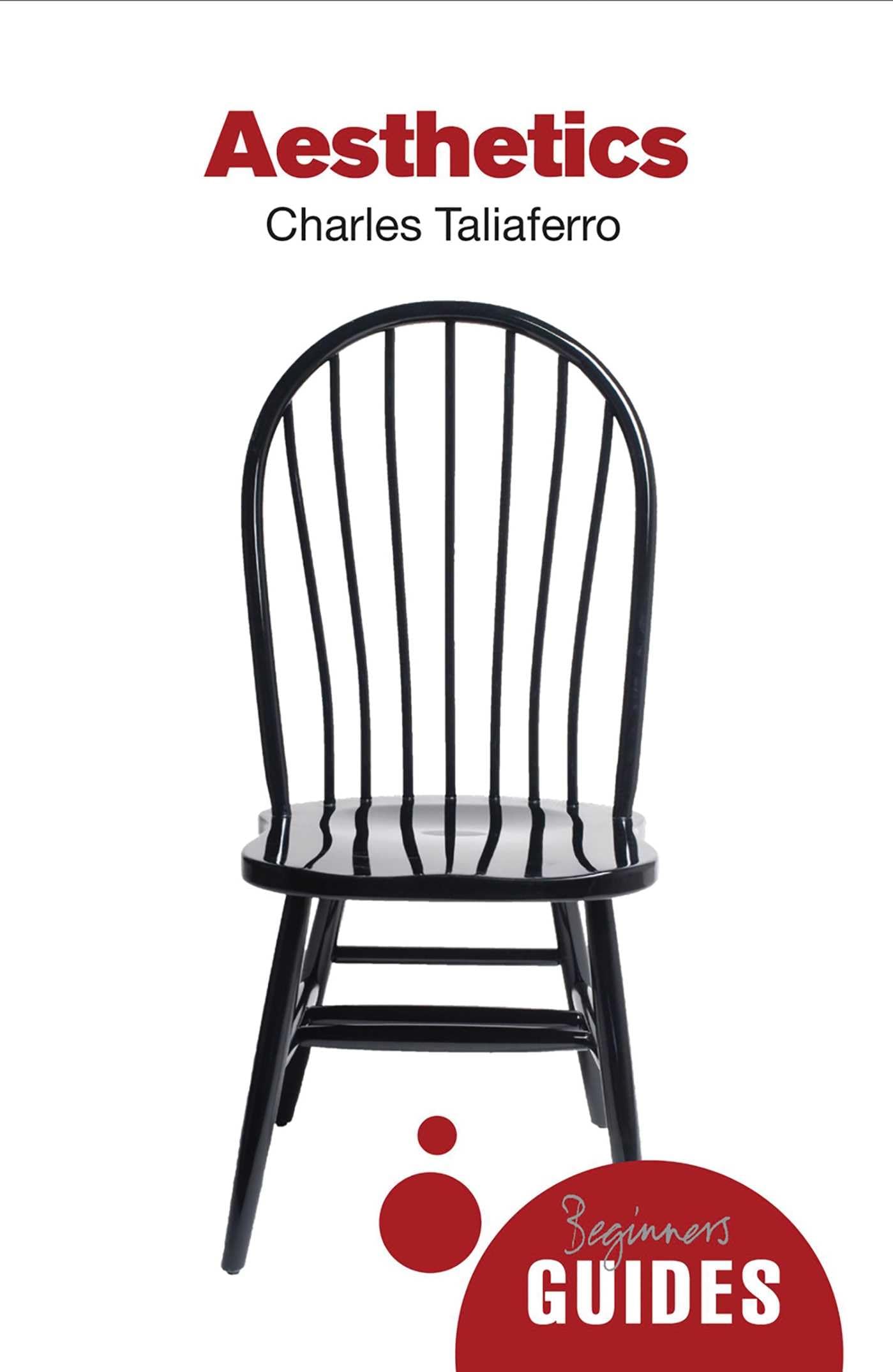Servicios al cliente
Sobre nosotros
Copyright © 2025 Desertcart Holdings Limited
Desert Online General Trading LLC
Dubai, United Arab Emirates


Aesthetics: A Beginner's Guide (Beginner's Guides)



G**L
The very best book of aesthetics I’ve come across
This beginner’s guide on Aesthetics by Charles Taliaferro is not only for beginners but also for all artists, writers, musician and students of philosophy interested in art and aesthetics. Why? Because the wealth of ideas, theories, examples and questions presented could keep anybody going, irrespective of their background and experience, for years and years (I say this having dedicated 40+ years to the arts, literature and the study of philosophy). Indeed, I would go further – I’ve read a number of intro texts on aesthetics and judge Taliaferro’s book the very best one I’ve come across. As a way of providing a taste of what a reader will find, I have listed some of the philosophers and artists/artworks examined as well as the types of questions posed from each of the 6 chapters:1 – What is beauty?Plato, Aristotle, Homer’s Iliad, Confucius, Milton’s Paradise Lost, Hume, MurdockWhat do you consider beautiful and how does this beauty become part of your life?Is beauty by its very nature linked with goodness?Do you consider beauty to be a higher value than glory or victory?2 – What is a work of art?Duchamp’s Fountain (an upside down urinal), Picasso’s Guernica, Hegel, Tolstoy, Collingwood, DantoWho gets to choose or judge what is a work of art?What place does expression and feeling have in creating a work of art?What does it mean to have an aesthetic experience?3 – Art and meaningBeardsley, Dostoevsky’s The Brothers Karamazov, the Hindu tradition’s Lord Shiva statue, Kant, DerridaDoes the intent of an author/artist count in the way we consider the meaning of their creation?How does the meaning of a work change over time?How important is the context in which we experience a work of art?4 – What makes good art?Woolf’s To the Lighthouse, C.S. Lewis, Coppola’s Apocalypse Now, Riefenstahl’s Triumph of the Will, Indian aesthetician B.N. Goswami, Edmond BurkeHow does one define creativity and imagination?What is meant by ‘the sublime’?What moral obligations does an author/artist have to their community and society?5 – The location, ownership, and dangers of artworkJerrold Levinson, Robert Mapplethorpe’s photographs, Michelangelo’s David, Daniel Shapiro, André MalrauxShould modern artists borrow liberally from traditional and religious cultures?What roll does censorship have in relation to art/writing/films/performance?Should we be able to copy music freely via the internet?6 – Cross-cultural aestheticsShikibu’s The Tale of Genji, Liu Xie’s The Literary Mind and the Carving of Dragons (a highly regarded Chinese aesthetics text), Japanese poets Saigyō Hōshi and Matsuo BashōWhat links are there between aesthetics and the harmony of nature?How familiar must we be with the artist’s culture to properly view the work of art?What can we learn from Japanese aesthetic and the value placed on spontaneity and sincerity in works of art ?
D**S
Great intro to aesthetics.
Good and concise intro into the philosophy of aesthetics. Covers a lot of topics in a relatively short span.
O**S
Excellent and useful introduction to a complexity of ideas
This is an excellent introduction to aesthetics --a very challenging task indeed.In addition to being very clear and as jargon-freeas can be expected, I particularly found the earlyhistorical references to be very useful in clarifyingwhat those early Greeks were thinking about.Often, references to ancient Greeks are just that;here, however, the author acknowledges how wethink THEY thought, in their context.Recommended.
Trustpilot
Hace 4 días
Hace 2 semanas